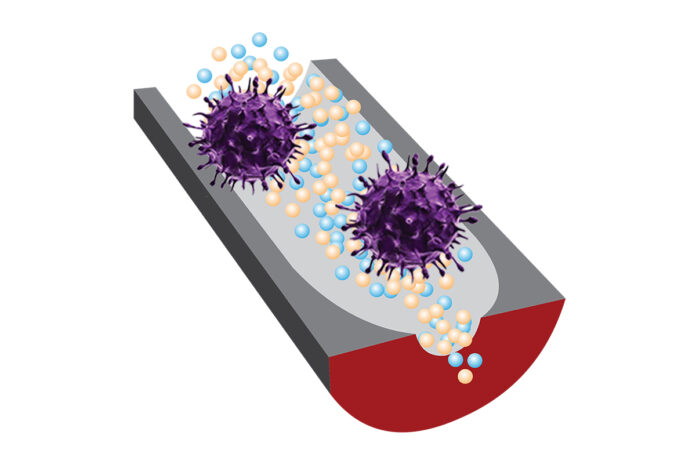
Many viruses present in a community are not harmful. In fact, some, called bacteriophages, are even used to eliminate harmful bacteria in the body. However, when a particularly vicious virus does emerge, like the SARS-COV-2, doctors are mainly concerned over its infectivity window, i.e. the time period when the virus will spread to other people, causing communal harm.
This infectivity window is the primary reason for the 15 day quarantine period for SARS-COV-2 cases. This is because scientists have found that this is the amount of time when the virus has peak infective capabilities.
While tests like the PCR can confirm whether someone is carrying the virus through checking the viral RNA it cannot confirm if the person is actually contagious.
“With the virus that causes COVID-19, it has been shown that the level of viral RNA has minimal correlation with the virus’s infectivity. In the early stage when a person is infected, the viral RNA is low and difficult to detect, but the person is highly contagious. When a person is recovered and not infectious, the viral RNA level can be very high. Antigen tests follow a similar pattern, though even later than viral RNA. Therefore, viral RNA and antigen tests are both poor in informing whether a virus is infectious or not. It may result in delayed treatment or quarantine, or premature release of those who may still be contagious.”
Study author Yi Lu, Professor Emeritus of Chemistry, University of Illinois Urbana-Champaign
Infectivity testing
The only test that detects infectivity is called the plaque assay. However, this method relies on long preparation times, and test results can take days.
Therefore, researchers from the University of Illinois Urbana-Champaign have collaborated with other institutes to create a viral infectivity sensor that can take as low as 30 minutes to confirm whether a person is contagious at the time of testing.
The test is based on highly specific DNA molecules called aptamers which recognize different viruses and can also test their infectivity. Their activity can be sensed by nanopore sensors. According to the researchers, both of these technologies are produced worldwide, which means that the test is very accessible.
The researchers tested their sensor’s effectivity using the SARS-COV-2 virus and the human adenovirus and found that it worked well. They are now planning to make the sensor more accessible using dipsticks and smartphone-compatible sensors.
They published their findings in Science Advances.
Source: University of Illinois Urbana-Champagne
https://news.illinois.edu/view/6367/984978463



